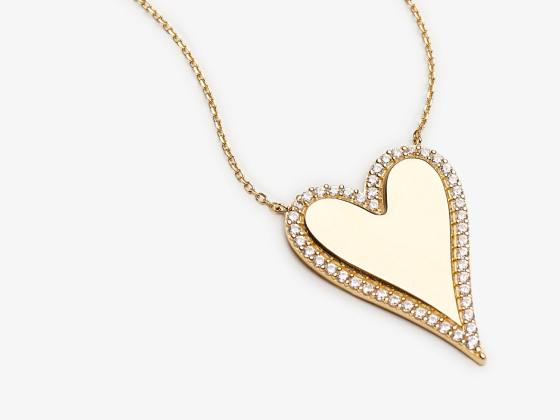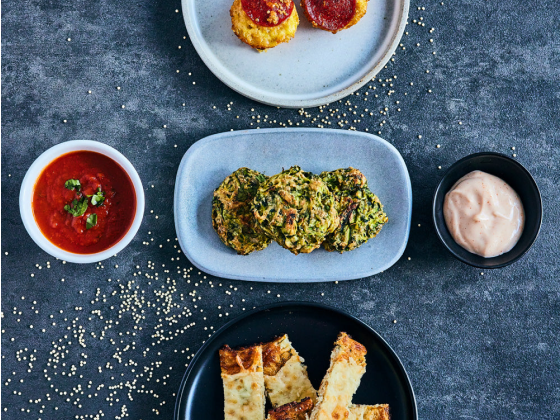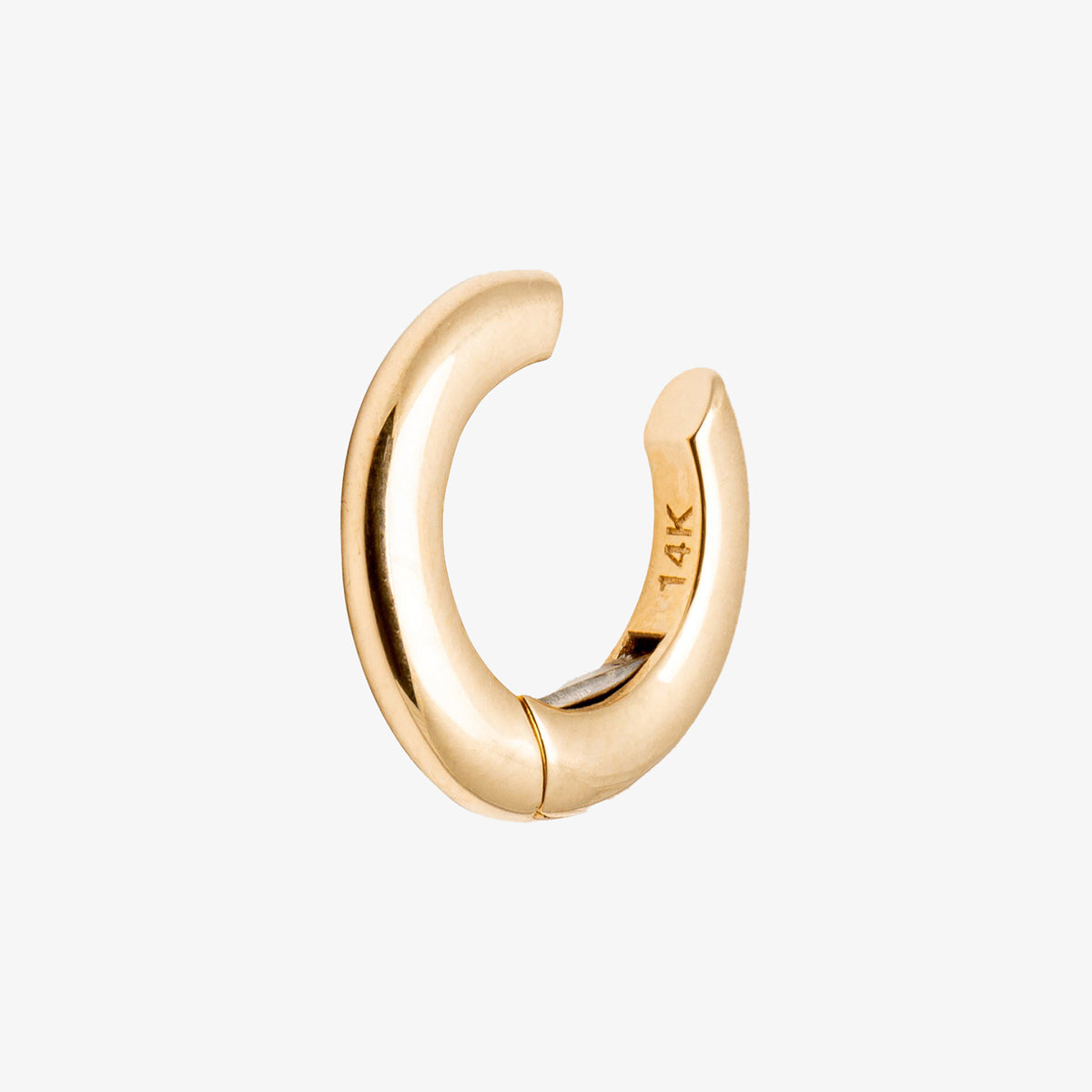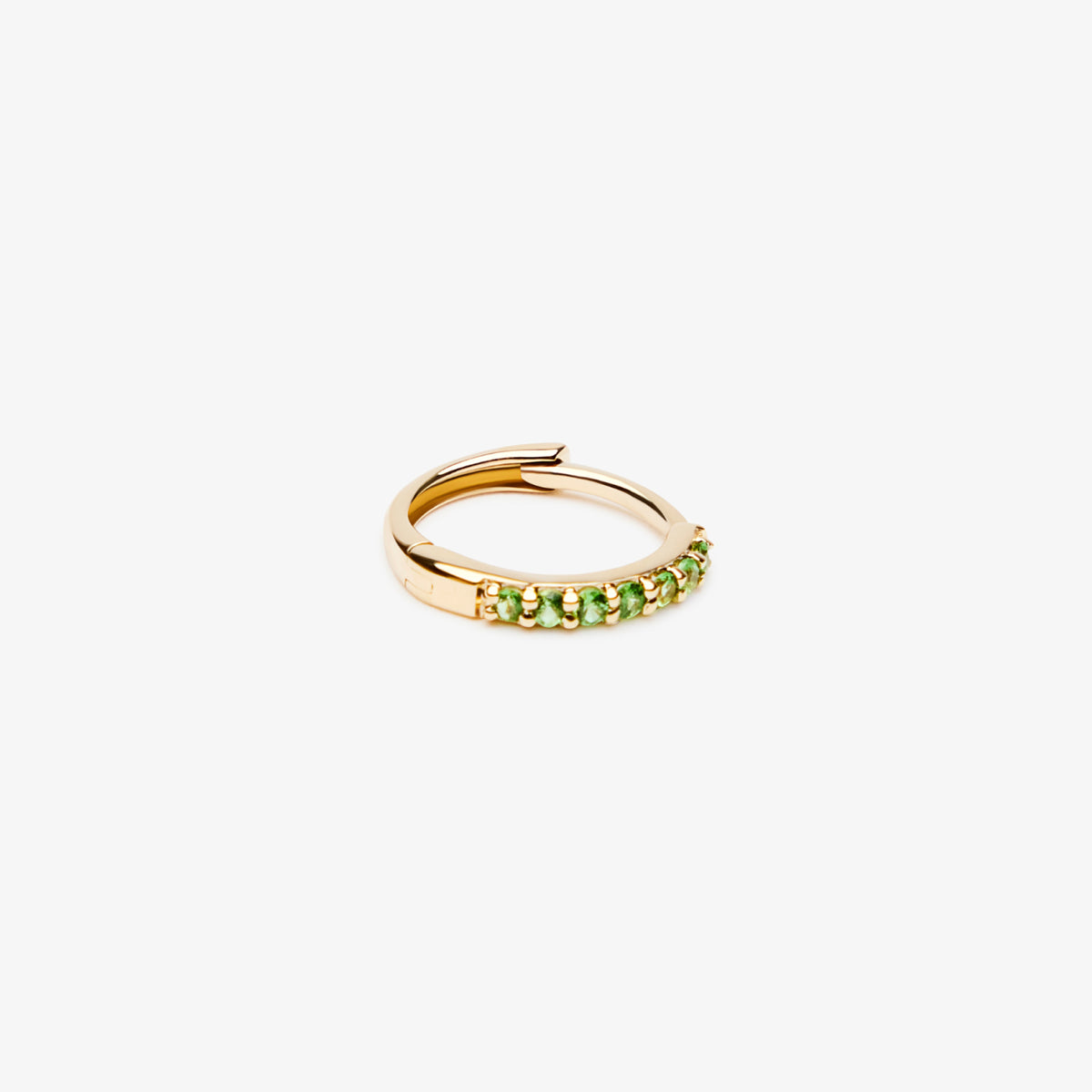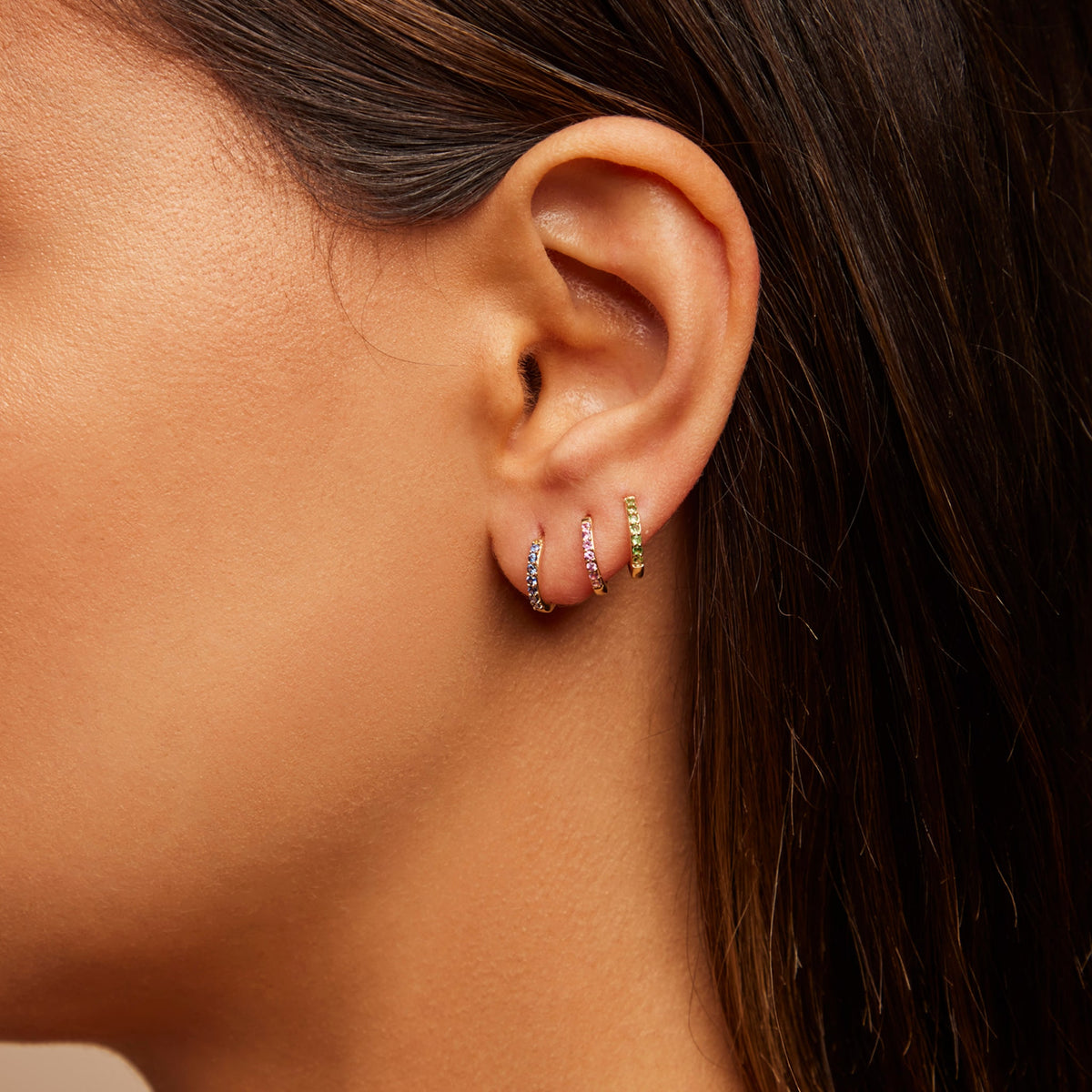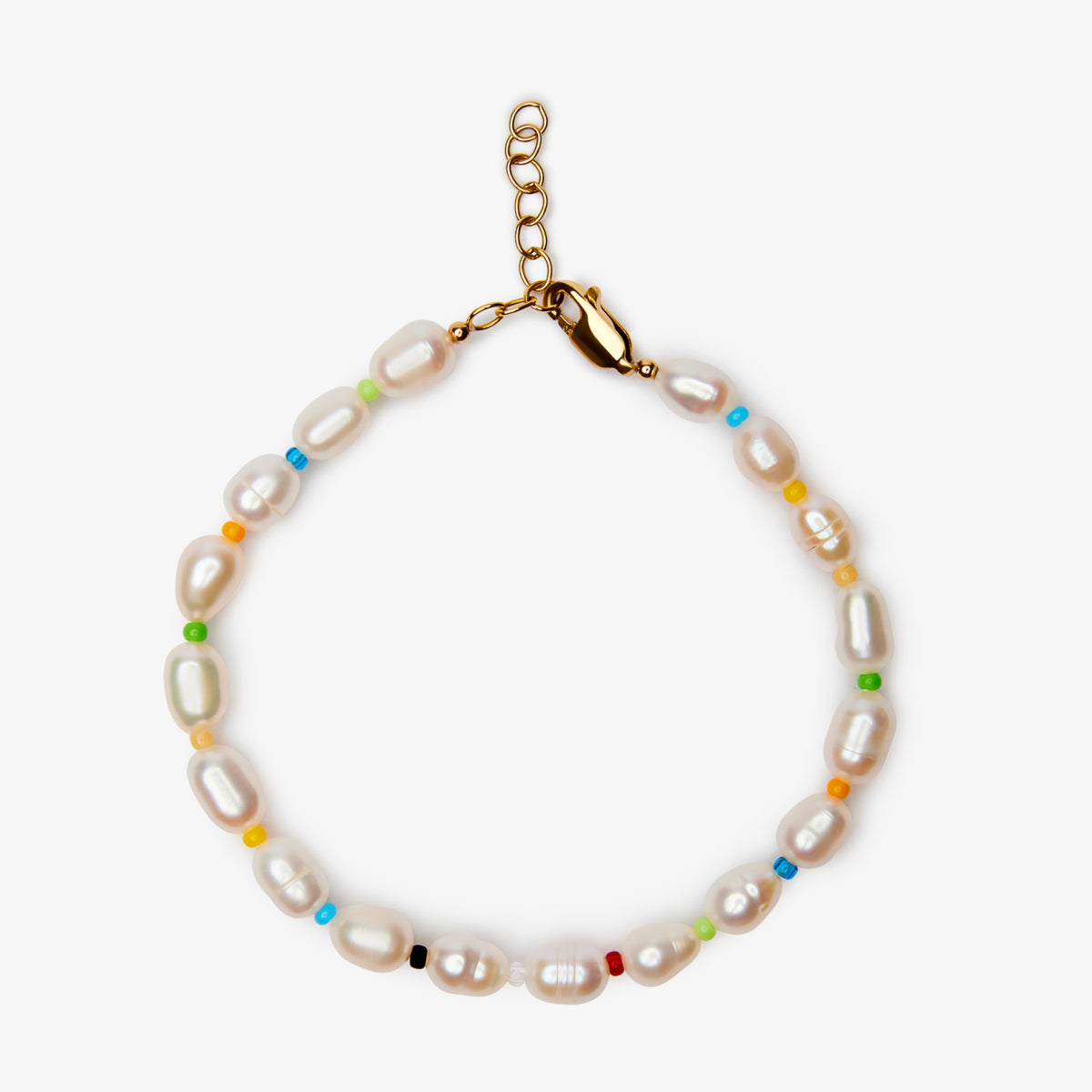From the time we are born, microbes (tiny bacteria) cover every inch of our bodies, inside and out, regardless of how often or how hard we scrub. And that’s a good thing, because not all bacteria is bad for us. In fact, the bacteria we’re first introduced to when we are born is passed on to us from our mothers in the birth canal, and it serves as our first line of defense against infection and disease from then on. Babies who are born through Cesarean Section, and don't experience the passing of microbes through the birth canal, are more susceptible to asthma, immune diseases and even leukemia (Frontiers in Microbiology), though skin-to-skin contact soon after birth is also a proven way to pass on healthy bacteria to kick start the baby’s immune system.
However, direct contact isn’t the only way the baby inherits a diverse microbiome. In fact, while breastfeeding, our mother’s milk produces a special formula so that we can cultivate our own personal microbiome or community of good bacteria. Though our mothers give us a definite leg up on the diversity of our microbiome in the first few weeks of life, we actually see this difference between C-section babies and vaginal delivery babies start to dwindle at around six to nine months, when babies start relying more on a whole food diet and less on formula or breast milk.
Good bacteria plays a number of crucial roles in our body, like keeping bad bacteria in check so it doesn’t take over, but it’s the curious ways that the bacteria in our gut is able to communicate with our brains that are particularly fascinating.
Cravings
Although we get the vast majority of our microbiome from our mothers at birth, the foods that we eat dictate how our gut bacteria changes and evolves over time. We hear a lot about foods that promote good gut bacteria, like yogurt and kombucha, but a diverse diet will expose us to the most diverse set of bacteria possible. The bacterium in our gut helps to digest foods that we are unable to break down on our own and stimulates cells to regenerate faster (a healthy life cycle for cells), and each distinct type of bacteria serves a different purpose. Certain bacteria feed on fiber, while others digest sugars, fats, or other forms of carbohydrates, and the more we feed and cultivate certain bacteria, the more that strand of bacteria grows, demanding to be fed more often (in the form of cravings).
If we eat leafy greens and other vegetables, our gut develops a craving for those foods, and if we eat sugary sweets and buttery confections well, you get the picture. Whichever bacterium we are currently feeding most, takes up more space in our bellies and signals to the brain to continue eating the sugar and butter in what we experience as cravings. The good news is, we can combat this cycle of disordered eating by choosing diverse, healthy options so that our guts develop more good bacteria and reduce the amount of bad bacteria.
Chemical Imbalances
But our good bacteria may be playing a much bigger, and more substantial role in brain activity than previously believed. Scientists have recently discovered that up to 90% of the serotonin (feel-good hormone) released by the body is produced in the gut (American Psychological Association), and there are certain bacteria that stimulate the immune system to repair the brain when we experience injuries.
Good bacteria in our gut communicates with our brain directly through the Vagus Nerve (a nerve which runs from the brain through the face and throat down to the abdomen) and on top of releasing serotonin, which causes us to feel joyous and euphoric, it can also be responsible for more menacing mood disorders like anxiety and depression when imbalances are present. There are many causes for mood and personality disorders and a diverse diet is, of course, not always the answer, but maintaining a healthy microbiome just may be what is keeping more ominous chemical imbalances in the brain at bay.
Warning Signs
But how is the bacteria in our gut so smart and how does it communicate with the rest of the body? In addition to producing hormones and signaling to the brain when imbalances are present, our microbiome also communicates with the immune system when it detects injury or viruses. The gut has also been attributed with signaling first warning signs of a few really serious diseases, namely Parkinson’s. Diarrhea, trapped gas, and other common symptoms of Irritable Bowel Syndrome (IBS) are the most common ways that our gut bacteria communicates with our body that something has gone awry. Dramatic changes in our microbiome due to stress or a poor diet can leave us more vulnerable to a number of diseases, particularly those affecting the central nervous system, like Multiple Sclerosis (American Psychological Association).
Although there is still much to learn about how the bacteria in our gut works, it isn’t hard to see why it is often referred to as our “second brain”, and it’s important to listen to its warning signs and treat the symptoms the same way we would with any other abnormalities in the body. Maintaining a diverse and healthy microbiome is just another way to keep your body (and mind) working optimally and efficiently for years to come.
Read Next: Can Collagen Actually Make A Difference In My Fitness Journey
References:
"That Gut Feeling", American Psychological Association, 2012.
"Interactions Between Gut Microbiota and Acute Childhood Leukemia", Frontiers In Microbiology, 2019.





